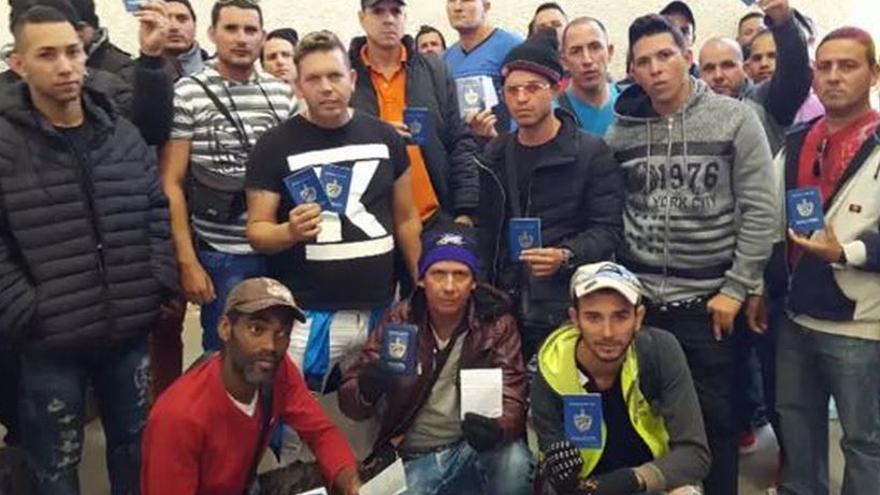
![]() 14ymedio, 4 June 2018 — Chilean authorities detected a total of 3,182 clandestine entries of foreigners to Chile between January and May of this year through unlicensed border crossings, according to data from the Investigative Police (PDI) published this Sunday by the newspaper La Tercera.
14ymedio, 4 June 2018 — Chilean authorities detected a total of 3,182 clandestine entries of foreigners to Chile between January and May of this year through unlicensed border crossings, according to data from the Investigative Police (PDI) published this Sunday by the newspaper La Tercera.
A large majority of these are Cubans (2,078), followed by Dominicans (856), with Colombians occupying third place, with 84 cases.
According to the PDI, there has been an explosive increase in the clandestine entry of Cubans to Chile this year, compared to only 175 cases in 2017. The authorities believe the change is related to the end of the United States’ wet foot/dry foot policy — which allowed Cubans who touched American soil to obtain legal status to remain in the country.
In the absence of this opportunity in the United States, Chile has become a destination for those wishing to leave Cuba “because of its attractive geography, politics, economy and jobs,” says PDI.
The figure, which includes the cases disclosed as of May 25, exceeds that recorded during the entire year of 2016 (2,659), while between January and October 2017, 1,594 cases were registered, according to the data.
The Chilean Police recognize the existence of gangs dedicated to human trafficking at the borders, whose preferred routes are in the north of Chile, along the coast, and the railway line between the city of Tacna (Peru) and Arica (Chile).
Immigrants also arrive through the desert, in the area of Arica and Tacna, or through the desert in the area between Colchane (Chile) and Pisiga (Bolivia).
The director of the Jesuit Migrants Service, José Tomás Vicuña, said that although Chile requires Cubans and Dominicans to have a consular visa for tourists entering the country, this requirement has not stopped the flow.
“But it has made it precarious and has led to the proliferation of trafficking networks” of migrants, who pay more than $1,000 per person to cross the border into Chile, he said.
According to figures from the population census conducted in Chile last year, there are 746,465 immmigrants in the country, equivalent to 4.35% of the population.
Last April, the government opened a process to regularize the situation of irregular immigrants, in which more than 100,000 people registered, mainly Haitians.
__________________
The 14ymedio team is committed to serious journalism that reflects the reality of deep Cuba. Thank you for joining us on this long road. We invite you to continue supporting us, but this time by becoming a member of 14ymedio. Together we can continue to transform journalism in Cuba.
